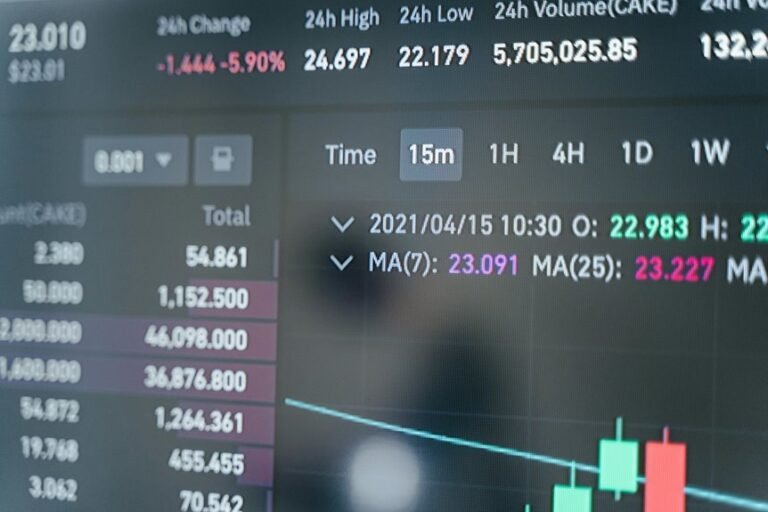21198709915 Call Breakdown: Tracing Mobile Call Origins
The analysis of the number 21198709915 reveals critical elements regarding its origin. Understanding the number’s format and structure is essential in tracing its source. Various methodologies, such as identifying geographical regions and potential network providers, can categorize the call accurately. Furthermore, assessing the motives behind such calls—whether marketing outreach, scams, or legitimate intentions—raises important questions about caller identity and trustworthiness. What measures can individuals take to safeguard themselves from potentially unwanted communications?
Understanding the Number Format and Structure
Understanding the number format and structure is essential for tracing the origins of mobile calls.
Number patterns reveal significant insights into call classification, aiding in the identification of geographical regions and network providers.
Identifying the Caller: Who Might Be Behind 21198709915?
How can the number 21198709915 be traced to its origin and potential caller?
Employing caller identification techniques, such as reverse phone lookup, can yield valuable insights. These methods leverage databases to reveal the caller’s identity, location, and associated information.
Potential Reasons for the Call: Marketing, Scams, or Legitimate Purposes
While the call from 21198709915 may initially seem innocuous, its underlying purpose could vary significantly, ranging from marketing outreach to potential scams.
Analyzing the call reveals possible marketing tactics designed to capture consumer interest or deceptive practices aimed at financial exploitation.
Effective scam detection methods are crucial for distinguishing between legitimate offers and fraudulent attempts, promoting informed decision-making among recipients.
How to Protect Yourself From Unwanted Calls and Scams
Taking proactive measures is essential for safeguarding against unwanted calls and potential scams.
Implementing call blocking features significantly reduces the risk of intrusive communications. Adjusting privacy settings on devices further enhances personal security by limiting access to contact information.
Regularly updating these settings empowers individuals, ensuring control over their communication channels and fostering a sense of freedom from unsolicited disturbances.
Conclusion
In navigating the digital landscape of communication, discerning the origins of calls such as 21198709915 becomes crucial. By employing analytical tools to unveil the caller’s identity, individuals can transform potential disruptions into informed decisions. As the shadows of marketing and scams linger, a proactive approach acts as a shield, allowing one to gracefully sidestep unwanted encounters. Ultimately, understanding these nuances fosters a safer, more secure environment in the realm of telephonic interactions.






